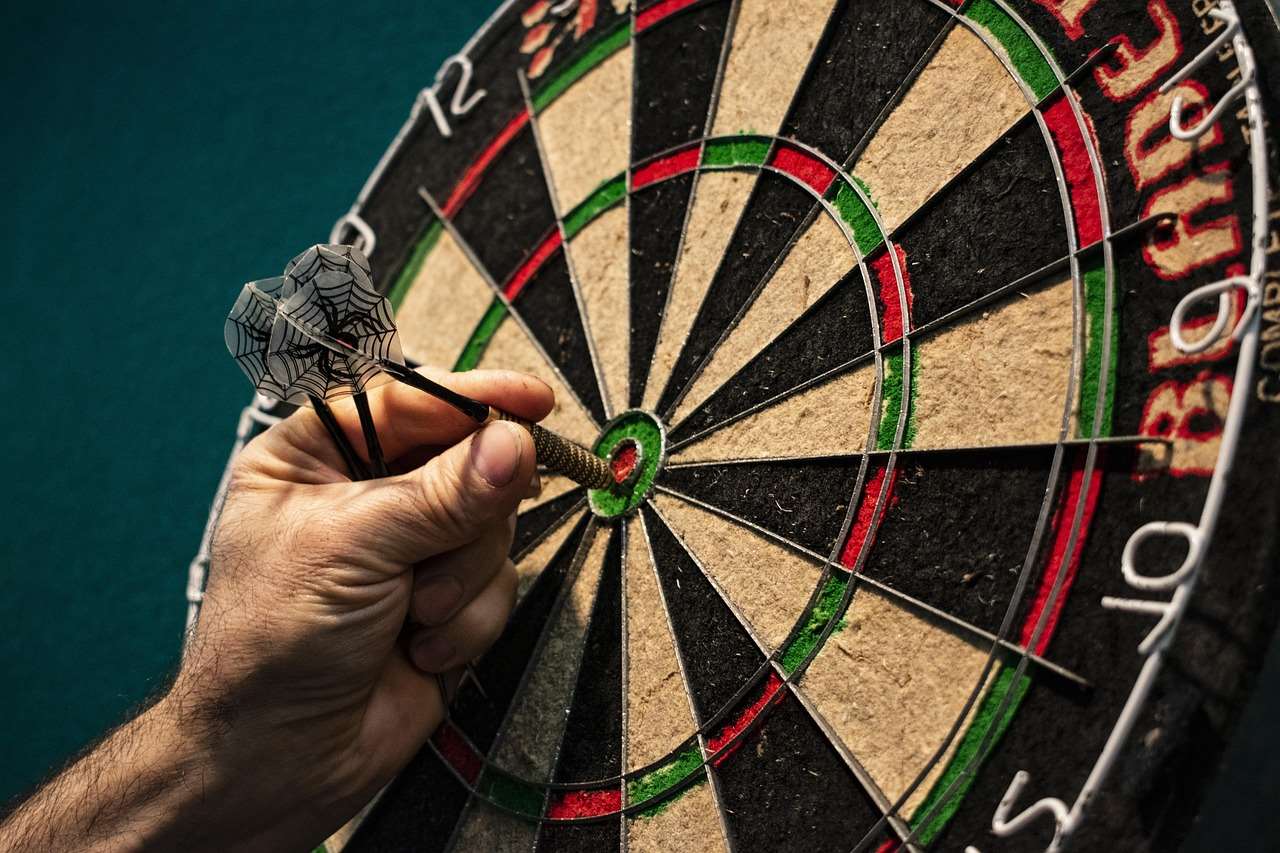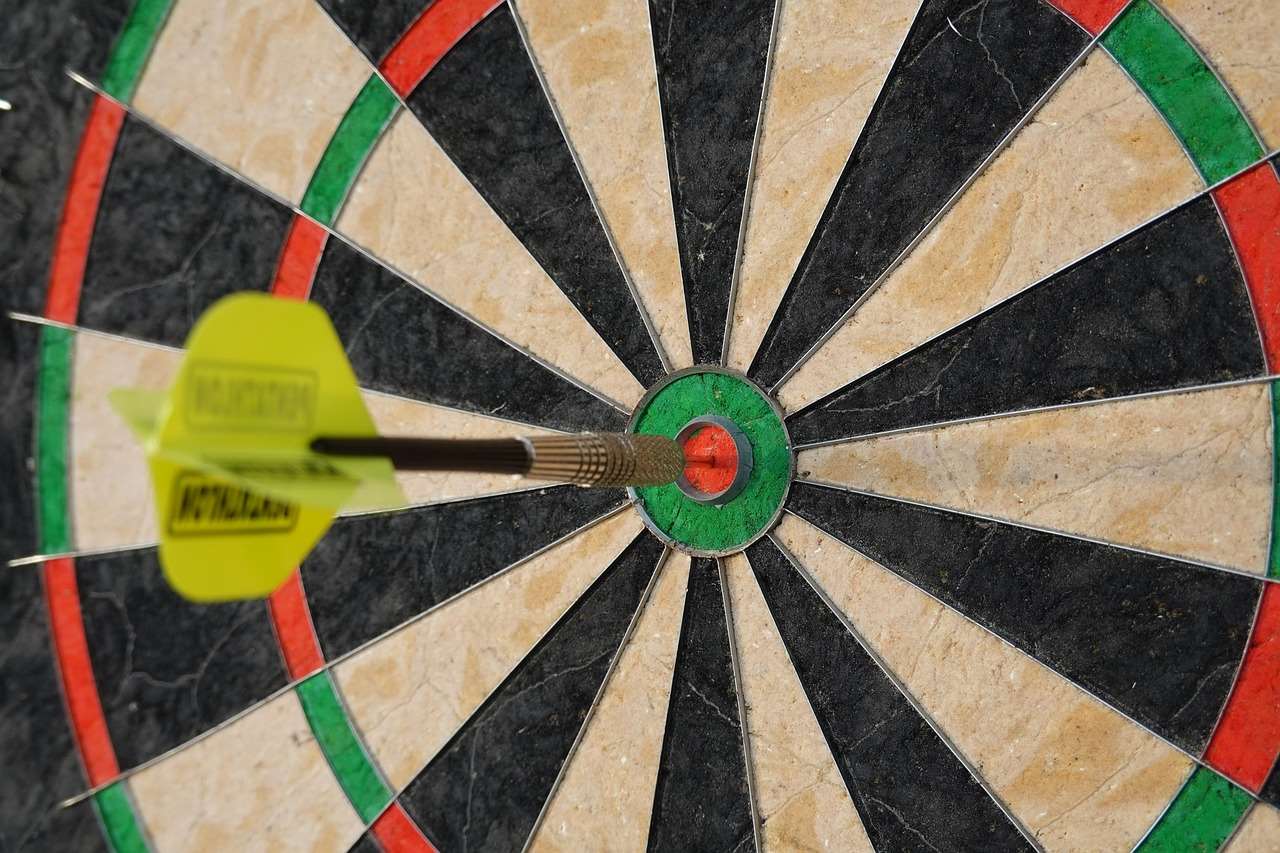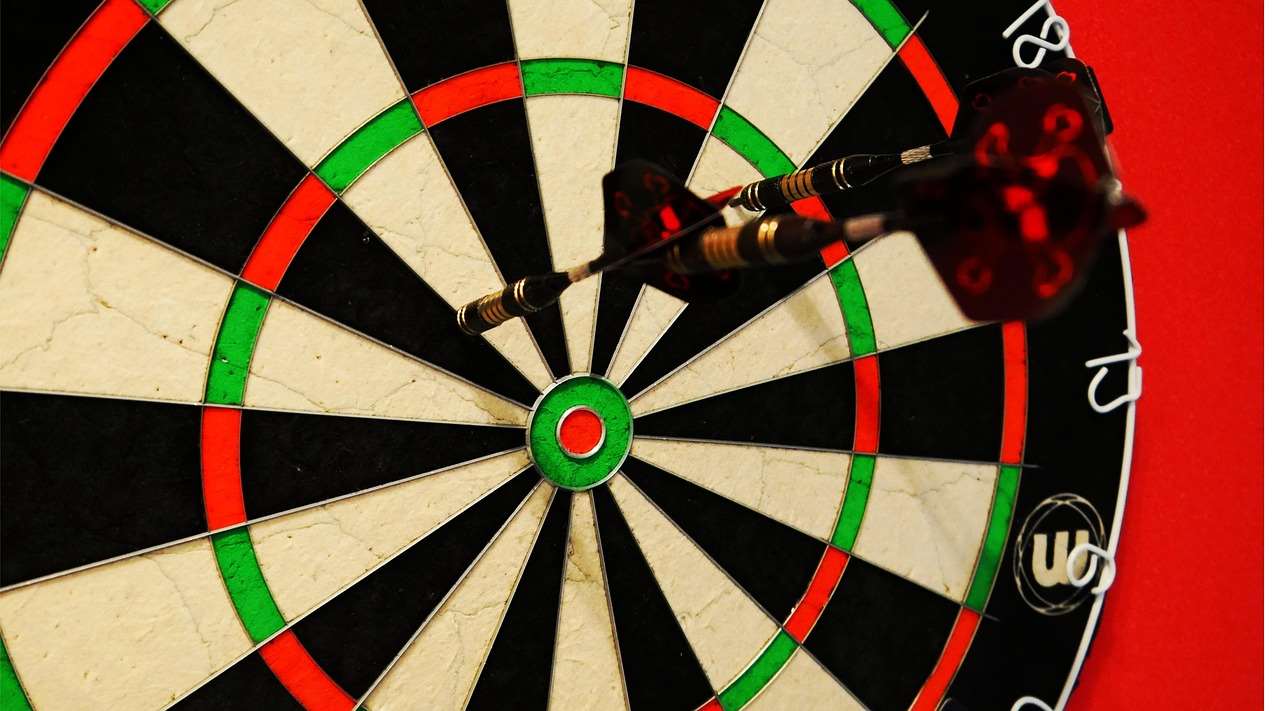Understanding the core principles of darts is crucial for both beginners and seasoned players; a bullseye rules infographic summary provides a quick and easily digestible way to grasp these fundamentals, ensuring fair play and maximum enjoyment. This article will delve into the key aspects of such an infographic, exploring standard dart rules, scoring systems, and helpful tips to improve your game.
⚠️ Still Using Pen & Paper (or a Chalkboard)?! ⚠️
Step into the future! The Dart Counter App handles all the scoring, suggests checkouts, and tracks your stats automatically. It's easier than you think!
Try the Smart Dart Counter App FREE!Ready for an upgrade? Click above!
Decoding the Bullseye: A Bullseye Rules Infographic Summary
A comprehensive bullseye rules infographic summary should break down the complex rules of darts into easily understandable visuals and text. This usually includes a clear illustration of the dartboard itself, with each section color-coded and labeled with its respective point value. It also covers the basic gameplay rules.
Key elements commonly found in such an infographic include:
- Dartboard Layout: A labeled diagram showcasing the double, treble, single, and bullseye sections.
- Scoring System: Explanation of how points are awarded for each section.
- Throwing Rules: Guidelines on stance, throwing distance, and valid throws.
- Game Variations: Overview of popular dart games like 501 and Cricket.
- Fouls and Penalties: Information on common rule violations and their consequences.

Essential Rules Covered in a Bullseye Rules Infographic Summary
Let’s explore the core dart rules typically included in an effective bullseye rules infographic summary. These rules ensure fair play and consistent gameplay across different skill levels. It’s important to note that some rules might be adapted for adapting darts rules for beginners.
The Throwing Line (Oche)
The distance from the dartboard to the throwing line, or **oche**, is critical. The standard distance is 7 feet 9 1/4 inches (2.37 meters). Players must stand behind the oche when throwing, and no part of their feet should cross it. This rule ensures a level playing field and prevents players from gaining an unfair advantage by throwing closer to the board.
Valid Throws
A dart is considered a valid throw if it remains in the dartboard until it is retrieved or until the player declares the score. If a dart falls out before either of these occurs, it does not score. It’s crucial to have a good quality dartboard to minimize bounce-outs. Furthermore, a dart that hits the wire and bounces out also does not score.
Understanding valid throws is one of the most Basic Darts Fundamentals for Beginners
Scoring System: Hitting Your Mark
The dartboard is divided into numbered sections, each with varying point values:
- Single Numbers: The large sections between the wires are worth the number indicated on the board.
- Double Ring: The outer ring doubles the value of the number it surrounds.
- Treble Ring: The inner ring triples the value of the number it surrounds.
- Bullseye: The outer bullseye (green) is worth 25 points, and the inner bullseye (red) is worth 50 points, also known as the “double bull.”
Accurate scoring is essential for keeping track of the game. A good infographic will clearly illustrate these scoring zones and their corresponding values.

Game Start and Rounds
In most dart games, each player throws three darts per round. The total score for each round is calculated and recorded. The player who reaches the target score first, or has the highest score after a predetermined number of rounds, wins the game. The game will always involve the throwing line
Finishing the Game
Many dart games, like 501, require a player to finish the game by hitting a double or the bullseye. This adds a layer of strategy and skill to the game, as players must carefully plan their final throws to reach zero with a double or bullseye.
Common Dart Games Explained
A helpful bullseye rules infographic summary will often include a brief overview of popular dart games. Here are some of the most common:
501
501 is arguably the most popular dart game. Each player starts with a score of 501, and the objective is to be the first to reduce their score to zero. Players must start and finish on a double or bullseye (depending on local rules or preferences). Missed doubles can drastically affect the game, making for intense strategy and comeback potential. It may be smart to look at Simplified 501 game rules for novice players if you are a beginner.
Cricket
Cricket is another popular dart game that involves “closing out” numbers. Players must hit each of the target numbers (usually 20, 19, 18, 17, 16, 15, and the bullseye) three times to “open” them. Once a number is opened, the player scores points each time they hit that number, until their opponent also opens it. The player with the highest score when all numbers are closed out wins. If you have limited space, it may be useful to review Adapting darts rules for small spaces: tips and tricks.

Improving Your Dart Game: Tips and Tricks
Beyond the basic rules, a good infographic might also include tips and tricks to help players improve their dart game:
Stance and Grip
A consistent stance and grip are crucial for accuracy. Experiment with different stances to find what works best for you. A stable stance will help to ensure that you don’t cross the **oche** and receive penalties.
Throwing Technique
Develop a smooth and consistent throwing motion. Focus on releasing the dart at the same point each time. Practice will help you refine your technique and improve your accuracy.
Targeting and Aiming
Visualize your target and focus on hitting it. Don’t be afraid to adjust your aim based on your previous throws. Knowing where you tend to miss can help you compensate and improve your chances of hitting your target.

Practice and Consistency
The key to improving at darts is practice. The more you practice, the more consistent you will become. Set realistic goals and track your progress to stay motivated.
Mental Game
Darts is also a mental game. Stay calm and focused, even when under pressure. Don’t let a few bad throws derail your entire game. Learn to manage your emotions and maintain a positive attitude.
Bullseye Rules Infographic Summary: Beyond the Basics
While the basics are essential, a detailed bullseye rules infographic summary might also include more advanced rules and variations. This could include rules for handicap matches, team play, or specialized scoring systems.
Handicap Rules
Handicap rules are designed to level the playing field between players of different skill levels. These rules typically involve giving less experienced players a head start in terms of score or allowing them to play closer to the dartboard. Having fair game rules can be accomplished through how to make darts fairer with handicap rules.
Team Play
In team play, players work together to achieve a common goal. This can involve combining scores, alternating throws, or assigning specific roles to each player. Team play adds a social element to the game and can be a lot of fun.
Rule Adaptations
Sometimes, you might want to adapt the rules of darts to suit your specific needs or preferences. For example, you might want to modify the scoring system to make the game more challenging or create a new game variation with unique rules. Remember that it is still important to have valid throws, even when adapting the rules.

Conclusion: Mastering the Game with a Bullseye Rules Infographic Summary
A well-designed bullseye rules infographic summary is an invaluable tool for anyone looking to learn or improve their dart game. It provides a clear and concise overview of the essential rules, scoring systems, and gameplay strategies. By understanding these fundamentals, you can enjoy the game more fully and compete with confidence. So, grab an infographic, pick up some darts, and start practicing today! Explore also Alternative darts rules for home play to have fun with friends.
Hi, I’m Dieter, and I created Dartcounter (Dartcounterapp.com). My motivation wasn’t being a darts expert – quite the opposite! When I first started playing, I loved the game but found keeping accurate scores and tracking stats difficult and distracting.
I figured I couldn’t be the only one struggling with this. So, I decided to build a solution: an easy-to-use application that everyone, no matter their experience level, could use to manage scoring effortlessly.
My goal for Dartcounter was simple: let the app handle the numbers – the scoring, the averages, the stats, even checkout suggestions – so players could focus purely on their throw and enjoying the game. It began as a way to solve my own beginner’s problem, and I’m thrilled it has grown into a helpful tool for the wider darts community.